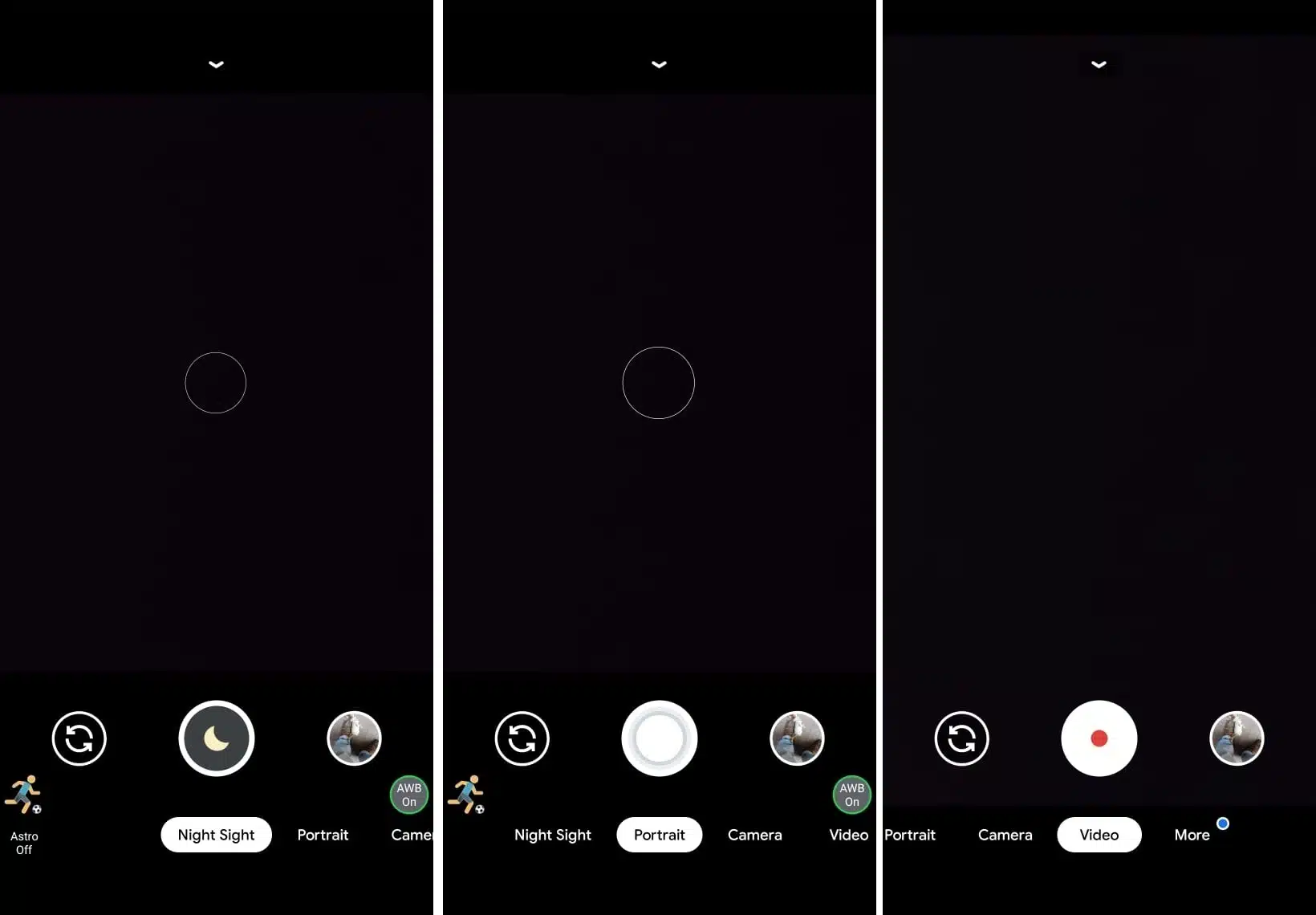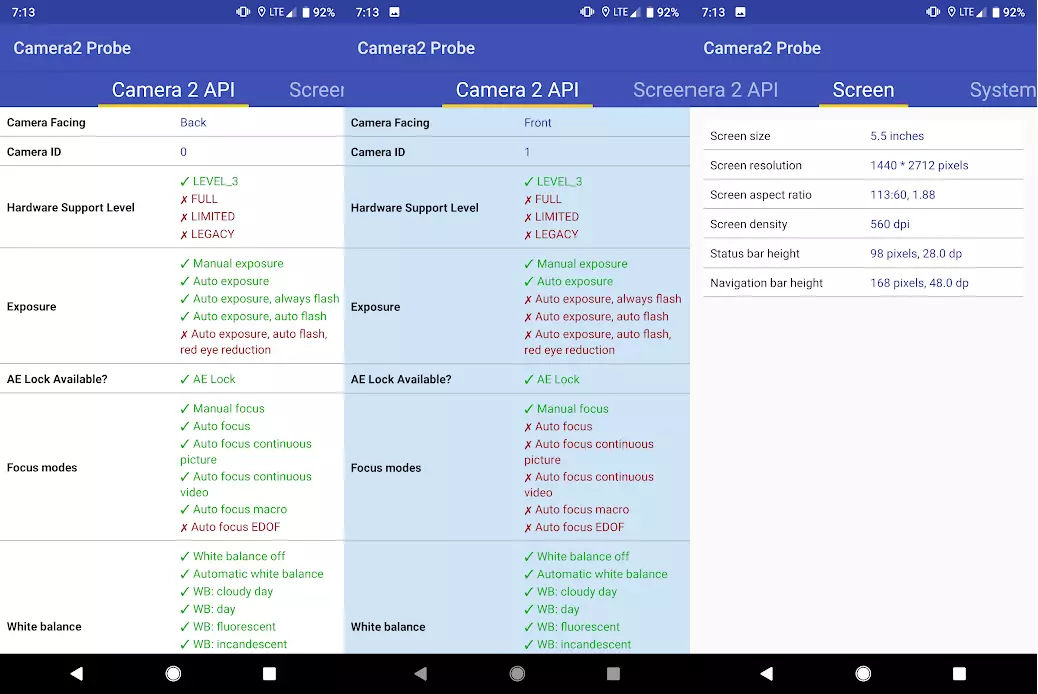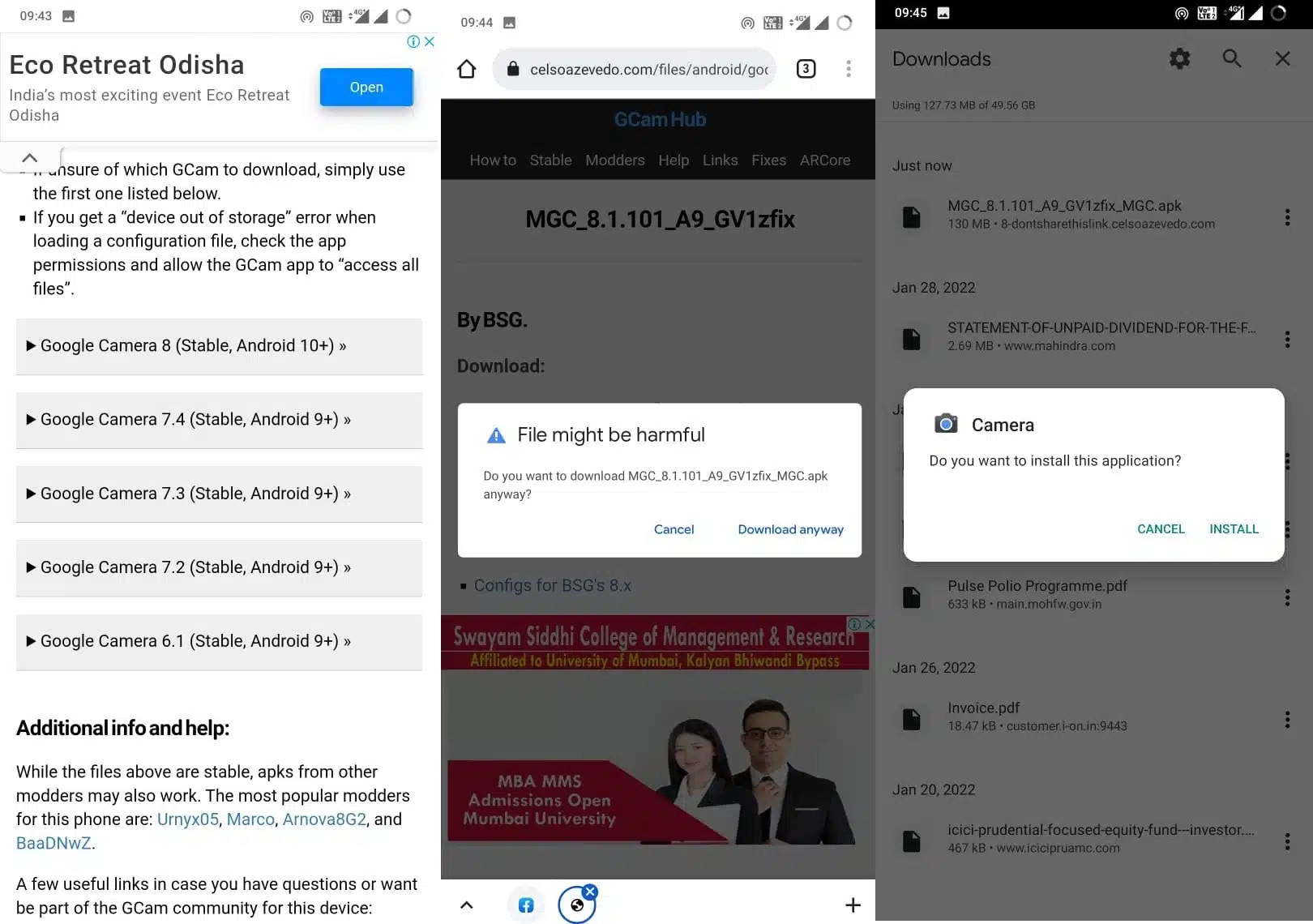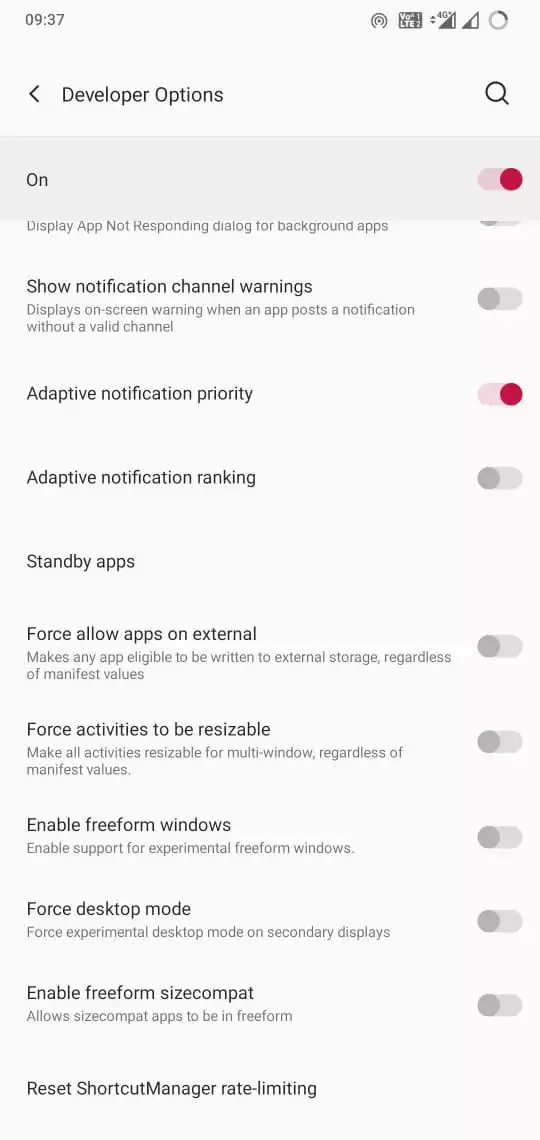If you ever compare shots from a flagship Android smartphone and the ones from Pixel devices, you will discover a difference that amplifies as you compare the latter with phones that belong to price tags in descending order. This is the reason people search for “How To Install GCam on Android phones.”
Albeit camera hardware is the king, it is only half the work done, as the software handles the rest that processes it. All phones come with a pre-baked camera app that may or may not be able to process the shots captured based on its capabilities, and that’s where Google Camera comes into play.
Also called GCam or Google Camera Mod, the GCam is one of the finest camera apps available today that comes pre-installed on Google Pixel devices. And yes, it isn’t available on Google Play Store, so you can’t just go on the Play Store and get it. Installing GCam on any Android phone requires verifying Camera2API, GCam API, and a little patience. Browse through the guide below to know exactly how you can install GCam on Android phones for superb shots.
What is GCam (Google Camera) Mod?
Google Camera is a stock camera app on Pixel smartphones that uses computational photography and advanced camera settings to capture perfect shots irrespective of the lighting conditions. It is equipped with HDR+, color balance, and some must-have camera features that are seldom available on a stock camera app.
GCam is a modded version of Google Camera that developers have ported from Pixel for various Android devices. It requires users to download an APK file along with an XML* file to install. GCam is fused with numerous features and takes exceptional shots thanks to Camera2API, which lets it use advanced camera settings and features at its disposal. This means your phone must have Camera2API enabled for GCam to work properly.

As it goes without saying, some GCam mods are available for various phone models while some mods are up for a specific model such as the OnePlus 7. You will read more about it in the later section.
Features of GCam
Talking about GCam features, there are truly many that you would love. Here’s a consolidated list containing the features it embodies.
- Smart Bust
- Exceptional Night-time Photography
- HDR+
- 24FPS video recording
- Minimalistic yet powerful UI
- Astrophotography Mode
- AR Stickers
- Slow-Motion and Time-lapse recording
- Background Blur Portrait Mode
- Panorama and Photo Sphere
- Google AWB (Auto-White Balance)
- Exposure, Compensation, Compression, Bit rate, and a bunch of other Settings
What Are The Prerequisites To Install GCam?
When you are switching from a stock camera app to GCam, there are a few prerequisites before getting your hands on one of the best camera apps.
- You will need an APK file for your phone.
- You must have Camera2 API enabled.
- Your phone must meet the minimum specs and Android version requirements.
What is Camera2 API and How To Check if it is Enabled?
With Camera2 API, developers can gain granular camera controls such as ISO, focus, exposure, and others needed for pro-grade photography. If your phone has Camera2 API and you aren’t using all the advanced features it has got, you are missing out on the caliber of the phone’s camera. Luckily, GCam taps this potential, giving access to both hardware and software required for pro-grade photography as it uses AI and complex algorithms to create photos that you wouldn’t simply imagine capturing with many stock camera apps out there.
Let’s see how you can check whether your Android smartphone already has Camera2 API or not.

- Open Google Play Store on your phone and download the “Camera2 API Probe” app and install it.
- Launch the app, and you should be able to check whether your phone has it or not.
- Check for “Hardware Support Level” which has four levels.
- Legacy: This is the basic Camera1 API and thus, there are no Camera2 API features onboard. This means you can’t use GCam anyway unless you root the device.
- Limited: This level suggests that your phone does have some Camera2 API capabilities, but not all.
- Full: This is a particular hardware level that signifies your phone supports all the major Camera2 API capabilities.
- LEVEL_3: This is the topmost level wherein your phone supports all capabilities from “Full” and more like RAW image capture, YUV reprocessing, output stream configurations, and so on.
- Note down the hardware support level your phone possesses.
How To Install Camera2 API?
It’s unlikely that every smartphone out there supports Camera2 API. However, you still want to use GCam to its max capability, you can install/enable Camera2 API on those devices. Perhaps, you will be needing a rooted phone to start with.
You will need an app called BuildProp Editor available on Google Play Store. Give it root permissions and go to the edit option. At the end of the code, enter the line that says, “persis.camera.HAL3.enabled=1” and save it. Once you restart the phone, Camera2 API should be enabled. You can verify it using the Camera2 API Probe app.
Although it is possible to get Camera2 API (and all the features it brings) on phones that don’t have it, you will need a rooted phone and that is something you will have to do at your risk.
How To Install GCam on Android Phones?
After going through the requirements, here’s how you can install GCam on your Android phone. Note that you need to check your Android version and verify if the GCam mode version you are using is compatible or not. GCam 8 is compatible with Android 10 and above, while GCam 7/7.2/7.3 will be compatible with Android 9.0.
Step 01: Download the APK file for your phone (keep make and model in check for compatibility). We have added some links where you can get the APK file for your smartphone.
Step 02: Choose the APK for your make/model and Android version and download it. Since it is an APK, you might get a warning before downloading, so do tap on “Download Anyway.”
Step 03: As it is an APK file, you will find the downloaded file in File Manager or Phone Manager or Storage, depending upon what your phone users.
Step 04: Tap on it to launch the APK file and install it.

Step 05: If your phone doesn’t let you parse an APK file directly, you will have to opt in for “Allow Apps Installation from External Sources”.

Step 06: You should be able to install it and once you are done with it, launch the app, and it’s done.
Enjoy GCam on Your Android Phone
With that, you should be able to install GCam on your smartphone, given that you were able to find the GCam variant that works for your make and model. This extract also gives you information on how to enable or install Camera2API, which is a major prerequisite that you can’t forget. We hope this guide helps in your endeavor to capture the best shots ever right from your phone.